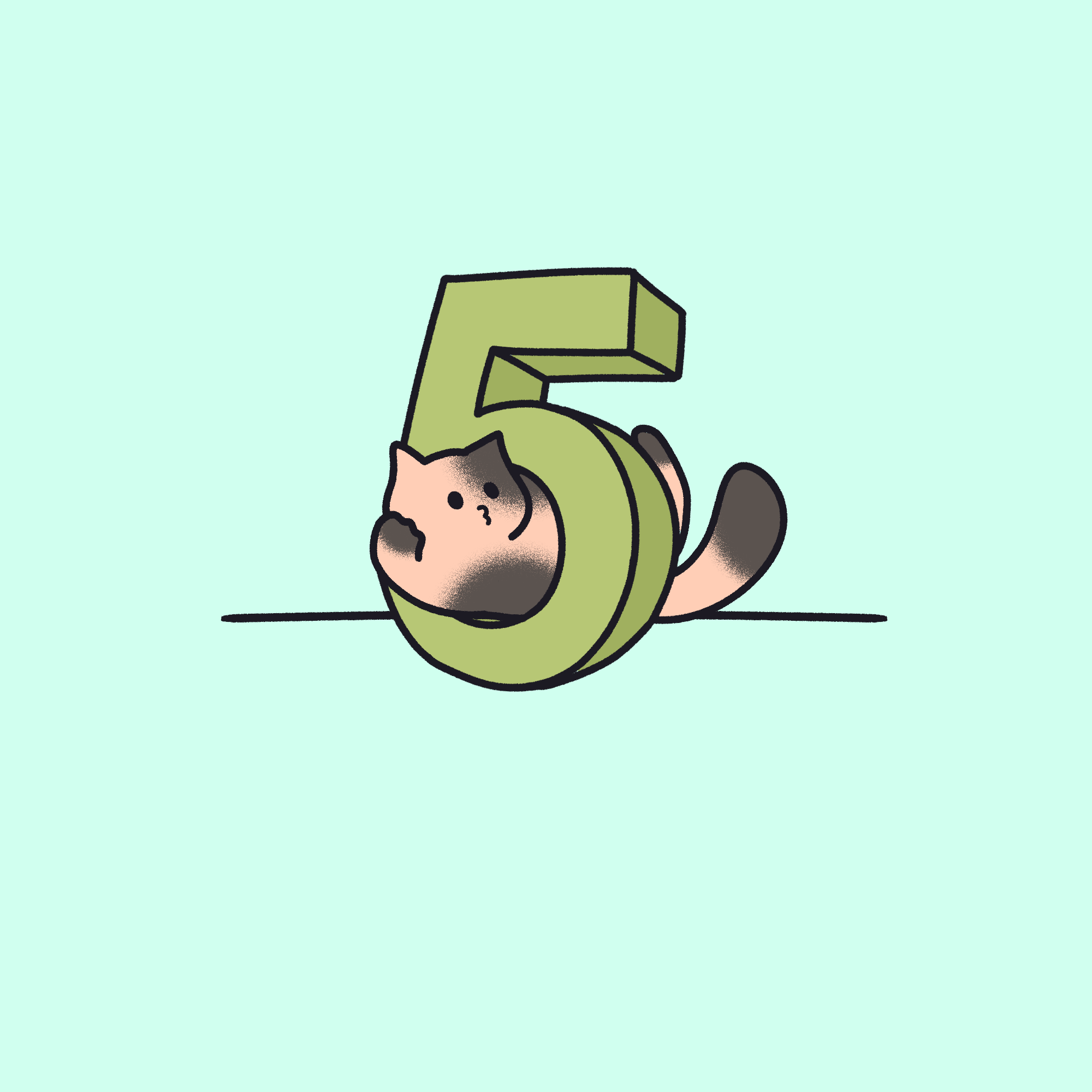In business, you’re likely thinking of your profits and the overall health of your business quite often. The two most common financial reports to give you an overall look at how your business is doing are the profit and loss statement and the balance sheet.
In this post, I’m going to discuss the differences between these two statements, as well as when you should use them to measure your business’s progress. There are five account types- assets, liabilities, equity, revenue (income), and expenses. Your profit and loss statement tracks two of these account types- income and expenses. Your balance sheet tracks the other three of these account types- assets, liabilities, and equity.
The Profit and Loss Statement
The profit and loss statement (also known as a P&L) is a financial report that shows your income and expenses over a specific period of time. A P&L shows where the money comes in, where it goes out, and how much is left over at the end of the period. In my experience, this is the most commonly-requested financial report, and for good reason- all business owners are concerned with making a profit.
A P&L can be really useful for comparing financial data from one period of time to another. For example, if you have a monthly P&L, you can see whether or not your expenses are increasing or decreasing over time. You can see the different areas of your income and the different expense categories in a single period, or from period to period. This can help you to adjust your spending patterns so that they’re more in line with your goals.
The Balance Sheet
The balance sheet shows the liabilities, assets, and equity of your business. It is of particular interest to some business owners because it shows your own personal equity in the company. You’ll get to see exactly how much money you’ve invested into your business, and how much money you’ve personally withdrawn.
Liabilities include things like outstanding loans, bills that you’ve received but not yet paid (payables), and taxes owed (for example, if you’ve collected sales tax from your customers but haven’t remitted it yet). Liabilities can be either short term or long term. It is useful to see these things so you can plan ahead and make sure you have enough money to pay for these liabilities when they come due.
Assets include things like equipment you’ve purchased for your business, money you’ve billed clients for that hasn’t been paid to you yet (receivables), and funds that you already have in the bank.
Eager to know more? Don’t hesitate to reach out! I’m happy to talk with you about financial statements and how they can help your business.



